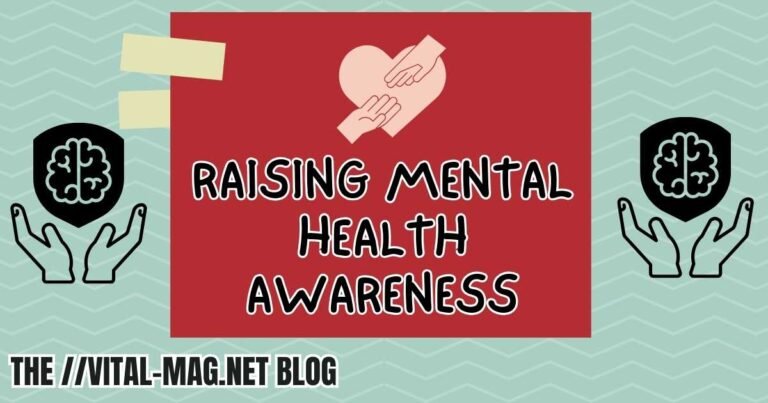Delusional Disorder: Types, Symptoms, and Treatment

Introduction
Delusional disorder is a rare but serious mental condition. People with this illness believe things that aren’t true. These beliefs are called delusions and usually involve real-life scenarios.
Unlike schizophrenia, delusional disorder doesn’t always show obvious symptoms. Most people appear normal outside of their delusions. This makes the disorder harder to detect and diagnose early.
In this article, we’ll cover its types, symptoms, diagnosis, and treatments. You’ll also find real examples, tips, and expert insights. Let’s explore how to understand and manage delusional disorder effectively.
What is Delusional Disorder?
Key Characteristics
Delusional disorder is marked by one or more persistent false beliefs. These beliefs last for at least one month or longer. People can function well in daily life despite these false ideas.
The delusions are non-bizarre, meaning they seem possible in real life. Examples include being followed, deceived, or having an illness. But there’s no actual evidence for these beliefs.
Delusions vs. Hallucinations
Unlike other psychotic disorders, hallucinations are rare. Patients usually don’t hear voices or see things that aren’t there. Their thinking and communication remain largely organized.
Common Misunderstandings
Many confuse delusional disorder with paranoia or schizophrenia. Others think only older adults get it. In truth, it can affect anyone and is often hidden.
Real-Life Example
Maria believed her neighbors were filming her through hidden cameras. She stopped inviting guests over and avoided her backyard. Eventually, therapy helped her question these thoughts and regain confidence.
Types of Delusional Disorder
Erotomanic Type
The person believes someone—often famous or powerful—is in love with them. This can lead to obsessive behavior like stalking or sending letters. They ignore rejection, convinced the affection is real.
Grandiose Type
The person thinks they have a great talent or identity. They might claim they’ve made groundbreaking discoveries. These beliefs go far beyond reality or evidence.
Jealous Type
They’re certain their partner is cheating without proof. Even normal actions are twisted to fit this belief. Jealousy leads to arguments and often damages relationships.
Persecutory Type
This is the most frequent form of delusional disorder. The person thinks others are trying to harm or watch them. They may report threats to police or install surveillance equipment.
Somatic Type
These individuals believe they have a disease or physical defect. Even after multiple clean test results, they remain convinced. It resembles severe health anxiety but with a delusional level of certainty.
Mixed and Unspecified Types
Sometimes, a person may have features from multiple types. In other cases, delusions don’t fit neatly into any category. A psychiatrist uses clinical judgment to identify the dominant type.
Symptoms of Delusional Disorder
Core Symptoms
- Persistent, fixed delusions lasting at least one month
- Normal mood and behavior outside the delusional beliefs
- Lack of insight or refusal to accept alternative explanations
Emotional and Behavioral Signs
- Social withdrawal or isolation
- Increased irritability or defensiveness
- Depression or anxiety due to constant stress
When to Seek Help
If the person becomes violent or severely paranoid, act fast. Early signs like sleep trouble or obsessive thinking are red flags. Family and friends can play a key role in seeking help.
Diagnosis and Evaluation
Diagnostic Methods
A mental health professional will conduct a full evaluation. This includes interviews, psychological tests, and family history. The DSM-5 guidelines help confirm the diagnosis.
Rule-Out Process
Tests may include blood work or brain scans. These rule out tumors, brain damage, or substance abuse. The aim is to find if the delusions are caused by other issues.
Common Tools Used
| Tool | Purpose |
|---|---|
| MMSE | Checks memory and attention |
| MRI | Looks for brain abnormalities |
| SCID | Structured interview for mental illness diagnosis |
🧠 Expert Note: Early evaluation leads to better treatment results. Families should document symptoms and bring them to appointments.
Treatment Options
Psychotherapy
Cognitive Behavioral Therapy (CBT) is often the first choice. It helps patients recognize and challenge false beliefs. Therapists build trust and slowly introduce alternate ideas.
Medication
Doctors may prescribe antipsychotic or antidepressant medications. These help balance chemicals affecting mood and thinking. Consistency and dosage are key to long-term improvement.
| Medication Type | Example | Purpose |
| Antipsychotic | Risperidone | Reduces delusions |
| Antidepressant | Sertraline | Treats coexisting depression |
| Anxiolytic | Clonazepam | Calms extreme anxiety |
Hospitalization
In severe cases, hospital care may be required. This is especially true if there’s a risk of self-harm. Short-term hospitalization helps stabilize thoughts and behavior.
Coping Strategies
Tips for Patients
- Follow your medication and therapy plan daily
- Join a local or online mental health support group
- Practice mindfulness and grounding techniques
Tips for Families
- Stay calm and supportive—avoid confrontations
- Don’t argue with the delusion itself
- Encourage consistent medical follow-ups
Daily Life Adjustments
- Maintain a steady sleep and meal schedule
- Avoid alcohol or recreational drugs
- Keep stress levels low through hobbies and relaxation
Real-Life Experiences
Patient Story
Thomas, a 42-year-old IT worker, believed his coworkers were reading his emails. He became withdrawn, stopped going to work, and stayed home. With medication and weekly therapy, he rebuilt his trust in others.
Caregiver Perspective
Lena’s sister accused her of spying for the government. Instead of arguing, Lena listened calmly and encouraged therapy. Over time, her sister accepted treatment and their bond improved.
Comparison with Other Disorders
| Condition | Features | What Makes It Different? |
| Delusional Disorder | Fixed beliefs, logical thinking | No hallucinations, often high-functioning |
| Schizophrenia | Delusions + hallucinations | Includes disorganized behavior |
| Bipolar Disorder | Mood swings with delusions | Delusions occur during manic episodes only |
Conclusion
Delusional disorder is a complex but treatable condition. Understanding the types and symptoms is the first step. With support, therapy, and medication, many people improve.
Don’t ignore the warning signs. If you or someone you know is having a hard time, don’t hesitate to seek help today.
FAQs
What is the main symptom of delusional disorder?
Persistent false beliefs that last over a month and are not based in reality.
Is it curable?
It’s manageable, not usually curable, but many people recover well with treatment.
Can people with this disorder live normal lives?
Yes, especially if they stay in therapy and follow medical advice.
Is medication always necessary?
Not always, but it’s often helpful for reducing symptoms and preventing relapse.
How do I talk to someone with delusional disorder?
Use a calm, respectful tone and avoid challenging their beliefs directly.






